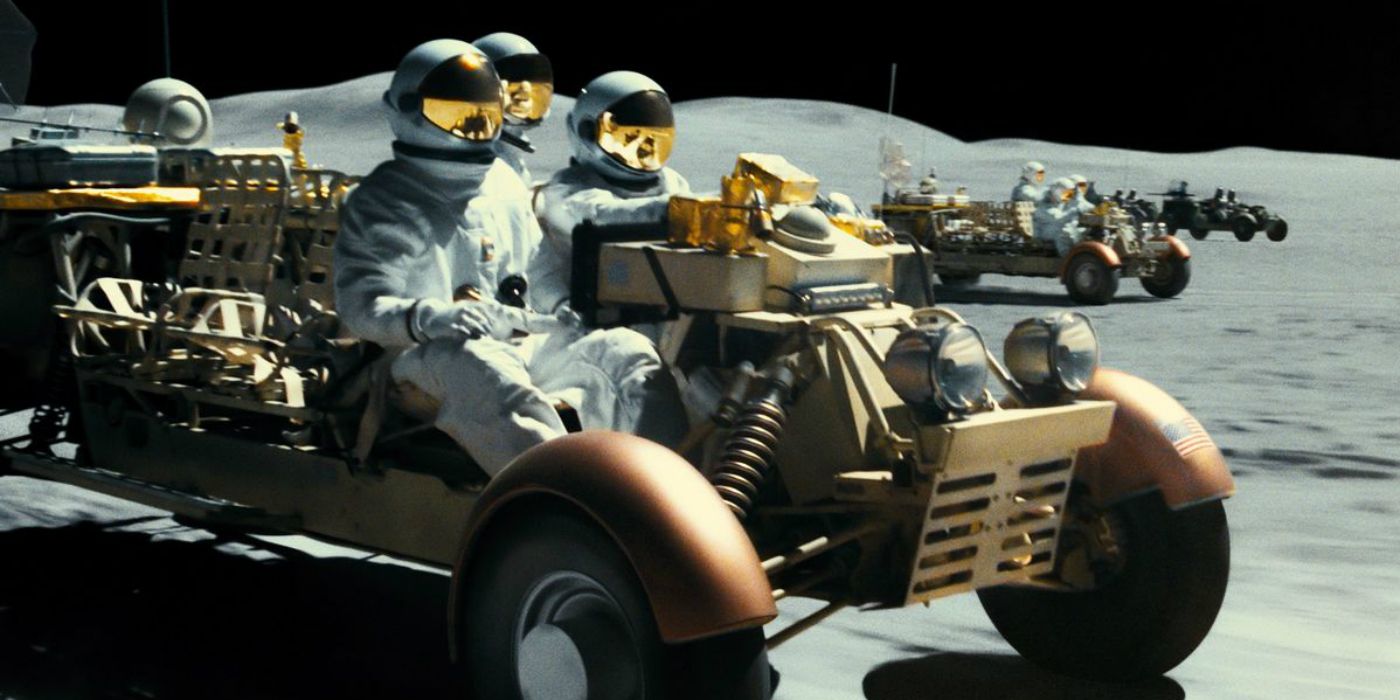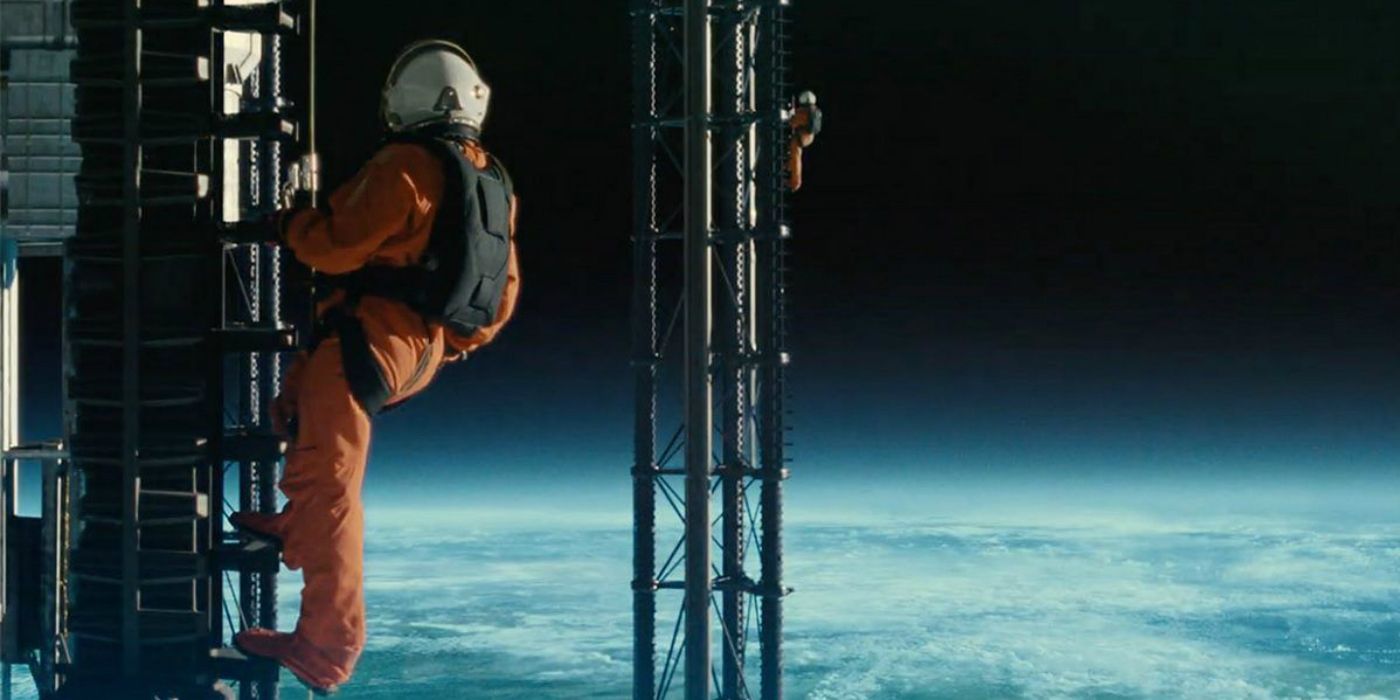Like many space movies, Ad Astra is set in a future that's recognizable but notably different in numerous aspects, though the thing is, the future depicted in the film is closer than people may think. Directed by James Gray and starring Brad Pitt as Major Roy McBride, Ad Astra tells an incredibly personal story about a man who travels to the edge of the solar system in order to reunite with his father (and save the world, of course). But it's how he does this that's most interesting.
First, he begins by taking a commercial flight to the Moon, so that his mission could be kept a secret. From there, Major McBride is guided to the far side of the Moon where he's able to catch a shuttle to Mars from a SpaceCom base. On the way there, their shuttle comes in contact with a distress call from a medical research vessel, and after dealing with the situation, they finally arrive on the red planet. But that's not his last stop. Taking control of the Cepheus, Roy spends what appears to be a few months traveling to the Lima Project near Neptune.
There's a lot here that isn't possible in this day-and-age, but they could be at some point in the next few decades. To promote the home video release of Ad Astra, 20th Century Fox invited Screen Rant and other outlets to tour Spaceport America in New Mexico - where Virgin Galactic will launch their commercial spaceflights from. While there may not be widespread commercial flights to the Moon within the next decade or so, Virgin Galactic plans to begin their commercial spaceflights by mid-2020. When we visited in December 2019, we were told estimates are to begin launching flights in six months.
This is merely the beginning, though. Taking a commercial flight to space is something that will set people back $250,000 at the moment, but it could hopefully be cheaper and more accessible down the line. But from there, the next steps are to get people on Mars, colonize the Moon, and then reduce the amount of time it takes to travel across the solar system. That part will require some form of nuclear or plasma propulsion, which was seen in Ad Astra but hasn't been achieved yet.
Seeing as commercial flights to space could only be a few months away, part of Ad Astra's future is already here. There's still a ways to go, though, and sci-fi films like Ad Astra will certainly encourage scientists to get the industry there. As the panelists, part of The Future of Space as Presented in Ad Astra - STEM Ed Specialist Justin Shaifer, former NASA Engineer Robert Yowell, astronaut Ellen Ochoa, former astronaut Leland Melvin, and Spaceport America CEO Daniel Hicks - mentioned multiple times, science and science fiction tend to go hand-in-hand in influencing each other.
Ad Astra is now available on Digital and releases on 4K Ultra HD, Blu-ray, and DVD on December 17.


